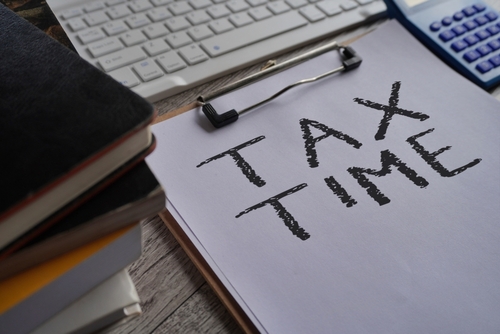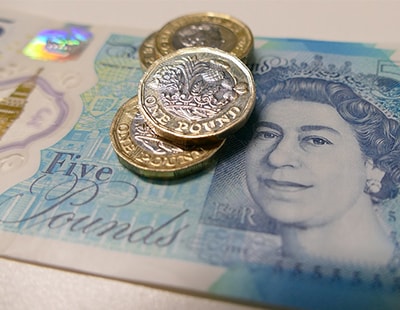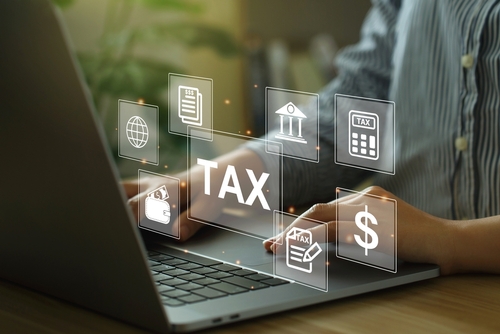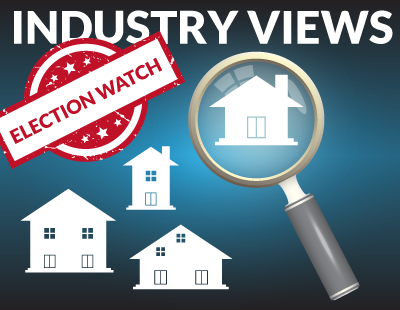There are now less than 40 days until self-employed property professionals will need to submit their self-assessment tax return, and pay the tax they owe.
A recent survey of self-employed workers by GoSimpleTax discovered that 58% don’t know how much their next tax bill will be or have money set aside to pay for it. Almost a third (32%) say they have ‘some idea’ but more than a quarter (27%) will wait until they complete their return to find the money to pay it.
The survey also found that almost a quarter (23%) will submit their self-assessment and January payment a month before the deadline, with one in five (20%) getting theirs in a few months before the deadline and nearly a sixth (15%) getting theirs in six months before the January 31st deadline. Yet some will already have planned to pay it late, even with 50 days to go before the HMRC deadline.
Control of finances
The idea that self-employed life can be ‘feast or famine’ is one that often sees many workers concentrating solely on getting their invoices paid, and not always thinking about what comes next.
This can sometimes mean that there isn’t income put aside for tax, or for other financial security like investments, pensions and savings. This can then have a knock-on effect so that when the January deadline for self-assessment comes round, it can mean scraping together money to pay the amount owed rather than being prepared and having it ready and set aside.
Having control of finances, including paying tax and budgeting, are two sides of self-employed life that can often be time consuming and draining but they don’t have to be. Getting ready for the January 31st deadline can mean taking the headache out of paying tax and help it seem less of a drain on your finances too.”
Here are some easy tips to make sure you’re ready for January 31st:
Get all the documentation together
When it comes to the form itself, the key is to have everything you need to hand and ensure you’ve been collating records (i.e. receipts and invoices) properly throughout the tax year. The kind of information you’ll need, includes:
- Your UTR
- Your National Insurance number
- Information on untaxed income for the year
- Records of expenses relating to self-employment
- Any charitable or pension contributions
There are two sections you’ll need to fill out – the main one is SA100, with other supplementary pages applying for different circumstances, such as being an employee, self- employed, landlord or a foreign national.
Use the HMRC website for guidance if you’re unsure
The HMRC website has useful help sheets throughout the form which can help guide you through the process.
There’s also lots of information online to help and guide, and using a digital tool can often simplify it too so it won’t seem so confusing once you come to submit.
Get ready as soon as you can
The secret to submitting your self-assessment tax return on time and correctly is to be extremely organised, ready for the impending deadline in January, and to be completely clear about what HMRC is looking for. Otherwise, the whole process can turn out to be both stressful and slightly overwhelming.
This means giving yourself time to get it done, and not leave it until 10pm on January 31st where you’ll feel panicked and under pressure to get it submitted.
Do it in stages if it feels too overwhelming
The entire process can seem complex but, take your time, use the option to fill it out in stages, save your changes and then go back to it, and ensure your house is in order throughout the tax year (as much as you can). Whatever you do, don’t leave it until the very last minute on the last day of January, as financial penalties can apply if you miss the midnight deadline.
Don’t get caught out over Child Benefit
People may not be aware that they need to complete a return if they, or their partner have received child benefit and either party has an annual income of more than £50,000.
The way the system works is that if a couple are both on salaries of £49,999 they can receive the benefit, yet if a single parent is earning £60,000, this benefit would be cancelled out by the high-income charge.
People who don’t fill in their self-assessment tax return, because they’re not aware of the high-income benefit charge, could be penalised by HMRC and hit with fines as a result.
Don’t worry if you can’t pay everything you owe
The important thing is to submit your self-assessment tax return and be on time. The earlier the better, and then if you think you’ll be short come January 31st you might be able to set up a Time to Pay Arrangement with HMRC. This lets you spread the cost of your tax bill by paying what you owe through affordable monthly payments based on your income and expenditure.
Time to pay is based on an individual’s specific financial circumstances, so there is no ‘standard’ time to pay arrangement. HMRC will establish your ability to pay using an ‘income and expenditure’ assessment. This looks at your income, disposable assets and expenditure to calculate your disposable income.
Try and plan ahead for next year if you can
If you have left it to the last minute, don’t beat yourself up over it but try to learn from it for next year.
Good financial management is about getting into the habit of staying on top of the pennies and pounds. It’s easy to neglect the paperwork when you’re busy working but you’ll thank yourself for doing it when the time comes to do next year’s self-assessment.













.png)


.png)



Join the conversation
Be the first to comment (please use the comment box below)
Please login to comment